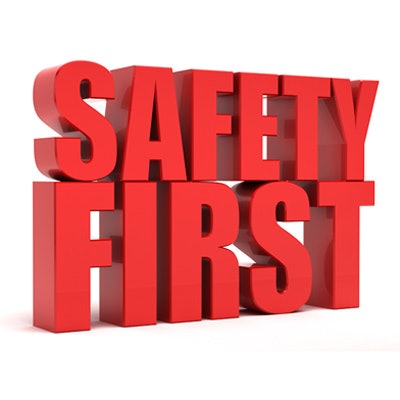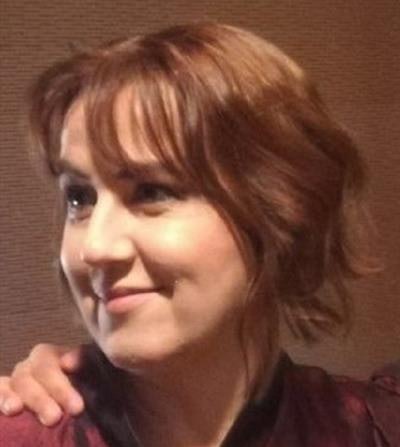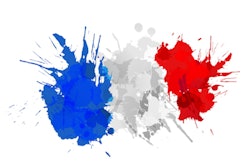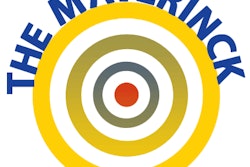
A group of Swiss radiologists has produced a humorous set of cartoons to boost safety and spotlight the different types of iodine allergy that can be meant by this "misnomer" so that physicians don't erroneously prescribe or avoid the use of contrast media in imaging examinations.
The team from the department of diagnostic, interventional, and pediatric radiology at the University Hospital of Bern hopes the cartoons will be published widely in medical media outlets, the idea being that they will serve as a visual aid and help doctors with heavy work schedules acquire knowledge quickly and effectively about this topic.
 The term "iodine allergy" is incorrect and needs to be replaced by more specific terms to avoid confusion, Dr. Ingrid Böhm says.
The term "iodine allergy" is incorrect and needs to be replaced by more specific terms to avoid confusion, Dr. Ingrid Böhm says.In a letter to the editor published in the July edition of the European Journal of Radiology, the group explained that colleagues, physicians, and patients regularly and incorrectly refer to iodine allergies (Vol. 116, pp. 150-151). As demonstrated in the cartoons, physicians or radiologists need to ascertain if a patient's "iodine allergy" is to iodinated contrast media, local antiseptics, or seafood to decide whether the patient should undergo contrast media injection.
Cartoons are not yet established as learning tools in radiology or general medicine, according to corresponding author Dr. Ingrid Böhm, who is a senior consultant. She pointed to how when she was a pupil, she learned much about Roman history by reading the famous Asterix comics. Further, the group believes that a wide range of medical topics could be addressed through similar cartoons.
"We hope that doctors will be interested in this new kind of learning tool aimed at increasing knowledge in an enjoyable way," noted Böhm, a co-author of the comic strip. "Doctors are often so busy that they do not have time to read through whole articles in professional journals, but they are trained to process visual information even when tired. If pictures tell a funny story, some information will register, and if this drives them to get further information, the comic has achieved its goal."
She described how several years ago, she and the other authors had positive experiences and feedback from teaching medical students with this kind of learning tool, and some months ago they decided to continue creating various comic strips with other content. For the latest set of cartoons, she had the idea; senior radiologist Dr. Paolo Lombardo drew the pictures; and Böhm, together with quality manager Dr. Knud Nairz, wrote the story.
The group is now looking for cooperation with a journal or website to publish these educational cartoons regularly. Böhm and colleagues believe that in addition to these media, newsletters could also prove an optimal platform for teaching radiologists and other specialists alike.
"We plan to use different kinds of publishing options," she noted.
The authors will start with themes about contrast media and contrast media safety, because millions of doses are applied every year, and these numbers are increasing. Böhm herself has published more than 50 papers on the topic in peer-reviewed journals. The team may also use cartoons to present interesting rare cases.



















